In this article, you’ll learn what are the types of workshop tools? And their working and applications are explained with pictures.
What Are Workshop Tools?
Humans have used hand tools for thousands of years, from Archimedes’ early descriptions of lever and pulley systems to Greek philosophers’ descriptions of wheel and axle mechanisms. It has become necessary for humans to use hand tools to bore, strike, cut, measure, or hold; hence, the home workshop.
It is quite likely that you will come across various workshop tools in a workshop environment as they are required for different types of operations. You might be confused about the purpose of some of the equipment because there is a variety of it.
I have created a helpful guide for you about the more complicated workshop tools and their uses in order to avoid this confusion. So let’s get started.
Read Also: 18 Types of Marking Tools & Their Uses [Names & Pictures]
Types of Workshop Tools
The following are common types of workshop tools that you can discover in any workshop:
- Tape measure
- Handsaw
- Level
- Duct tape
- Screwdriver
- Utility knife
- Hammer
- Wrench
- Pliers
- Crowbar
- Drill
- Drill bit
- Ruler
- Clamp
- Anvil
- Shears
- Sandpaper
- Paint brush
- Nail
- Awl
- Screw
- Chainsaw
- Hacksaw
- Mallet
- File
- Chisel
- Extension cord
- Glue
- Toolbox
- Brace
#1 Tape Measure
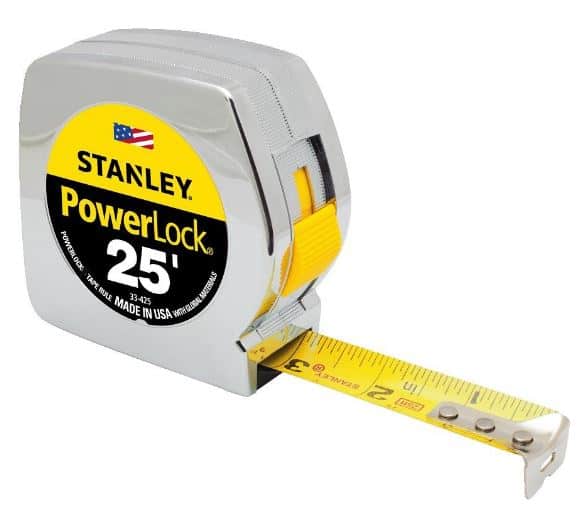
Also known as measuring tapes, these are flexible rulers used to measure length or distance. A tape measure is made up of a linear measurement-marked piece of cloth, plastic, fiberglass, or metal. It is a commonly employed measuring tool.
Its design enables measuring around curves or corners. These workshop tools are simple to carry in a pocket or toolkit. These days, you can even buy a novelty item or keychain fob that is a miniature version of it. Metal measuring tapes have an L-shaped end that grips surfaces and can extend up to 6 feet (1.8 meters) without bending.
#2 Handsaw
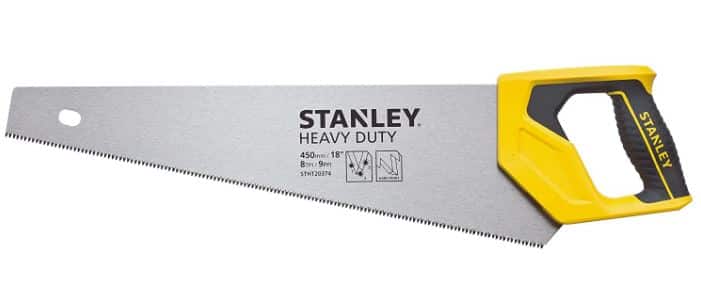
Hand saws are used in carpentry and woodworking to cut the wood into various shapes. Usually, its purpose is to carve a wooden object and join the pieces together. They work by having several pointed edges made of a material that is harder than the wood being cut.
For thousands of years, hand saws have been in use. General-purpose handsaws come in two varieties: crosscut and ripsaw. A ripsaw is used to cut parallel to the grain of the wood, whereas a crosscut saw is used to cut against the grain and has teeth that are backward-angled.
#3 Level
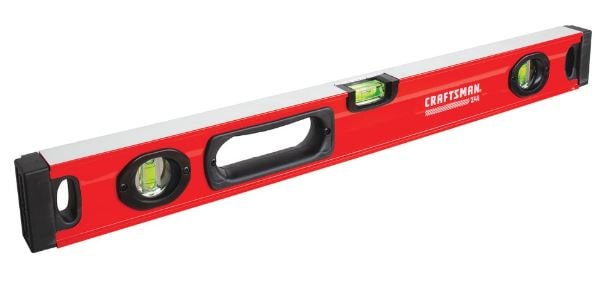
Also known as a bubble level, it is a tool used to determine whether a surface is vertical (plumb) or horizontal (level). It accomplishes this by using an air bubble submerged in a liquid and housed in a glass tube that is positioned in the middle of a plastic, wooden, or metal frame.
To measure the air bubble against two vertical lines, simply place the level on a surface. The surface is not level if the air bubble is not precisely centered between the vertical lines. Although longer levels are available, 2-foot (61 cm) and 4-foot (122cm) lengths are the most popular.
#4 Duct Tape
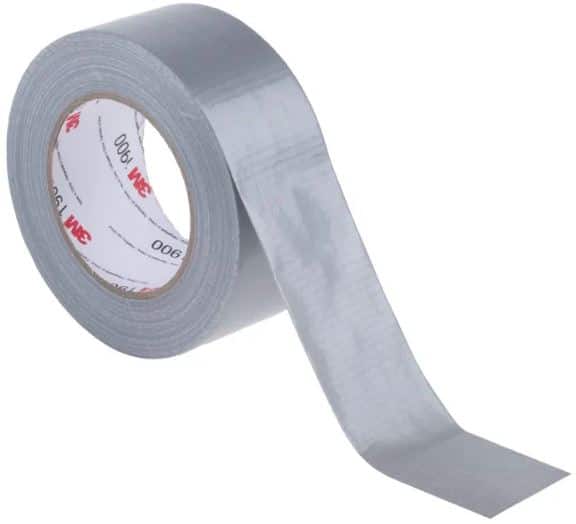
It is a pressure-sensitive tape with a cloth or scrim backing frequently coated in polyethylene. Duct tape is one of the most affordable and useful tools in any workshop. Duct tape is typically silvery grey in color, but it is also available in various other colors and printed patterns.
It is typically a flexible silver-colored material that is 1 7/8 inches (4.8 centimeters) wide and extremely sticky. Duct tape is now available in a variety of widths and is a household and workshop essential.
#5 Screwdriver
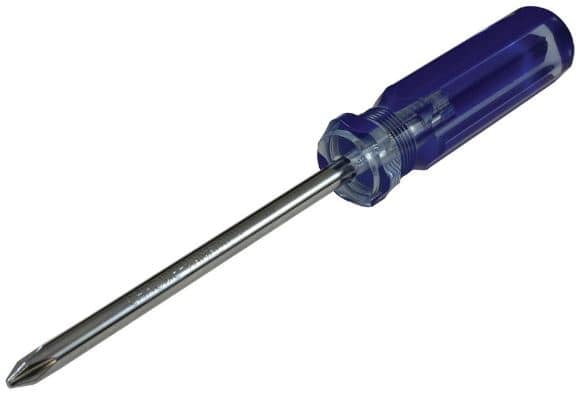
A screwdriver is a manual or powered tool used to turn screws. You’ll need a few different screwdrivers, each with the most common tips. Phillips-head screwdrivers have a cross-shaped metal tip that corresponds to the cross-shaped depression in screws.
You’ll also need a flathead screwdriver, which is made to fit conventional screws with a single, linear depression. Because of its wedge-style tip, it’s also useful for prying and scraping. If you choose a screwdriver, ensure it has a cushioned, textured grip. You can tighten screws by doing this.
You might like: 25 Types of Electrician Tools [Names & Uses] Explained
#6 Utility Knife
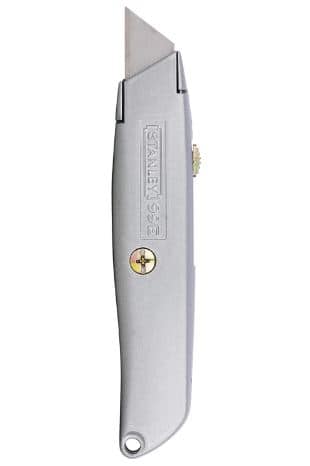
A well-stocked workshop should always have a utility knife on hand. Knives were originally fixed-bladed uses with strong cutting edges that could be used for rough tasks like chopping cables, scraping hides, reshaping wood, and other similar jobs.
The retractable knife is affordable and simple to operate. Avoid non-retractable utility knives, even though you may occasionally find them for sale. It’s never a good idea to carry around a knife that is always open and razor-sharp. On the other hand, retractable utility knives with snap-off blade segments work best.
#7 Hammer

A hammer consists of a heavy “head” attached to a long handle that can be swung to strike a specific area of an object. For instance, this might be done to crush rock, drive nails into wood, or shape metal in a forge.
A hammer with a smooth face will help you avoid leaving marks on surfaces, while one with a textured face will provide traction. There are many applications for hammers, such as driving, shaping, breaking, and non-destructive striking. Modern hammers typically have a steelhead that has been heat treated to make it harder and a wood or plastic handle.
#8 Wrench
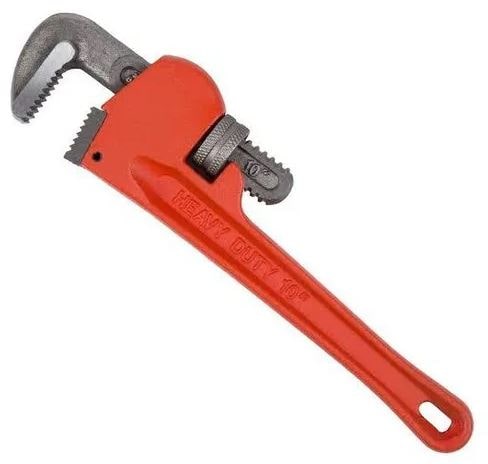
Wrenches or spanners are used to apply torque to objects, such as nuts and bolts, to turn or prevent them from turning. Spanner is the common term in the UK, Ireland, Australia, and New Zealand. Ring spanners and open-ended spanners are the two most common types.
The term wrench is commonly used in North American English. Open-end and box-end wrenches are the two most popular types of wrenches. Most higher-quality wrenches are drop-forged from tool steels that are chromium-vanadium alloyed. To resist corrosion and make cleaning easier, they are frequently chrome-plated.
#9 Pliers
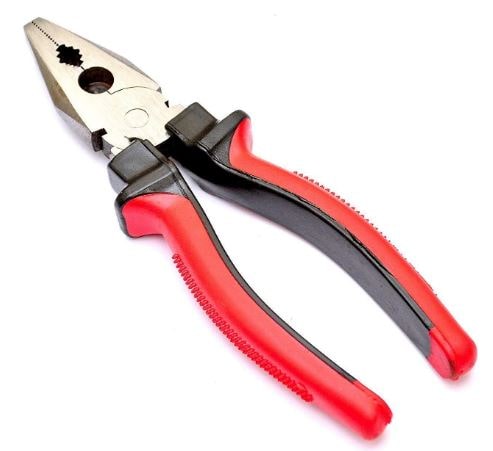
A plier is a tool used to hold objects firmly; it may have evolved from tongs used in the Bronze Age to handle hot metal. These types of workshop equipment are also helpful for physically compressing and bending various materials.
Pliers are available in a wide range of designs, sizes, and uses. Some are used to twist wires, while others are made to be used for a variety of tasks, including cutting wire. Others are used to grip something round, like a pipe or rod. The pliers typically consist of two metal levers joined at one end, one with a short jaw and one with a longer handle.
#10 Crowbar
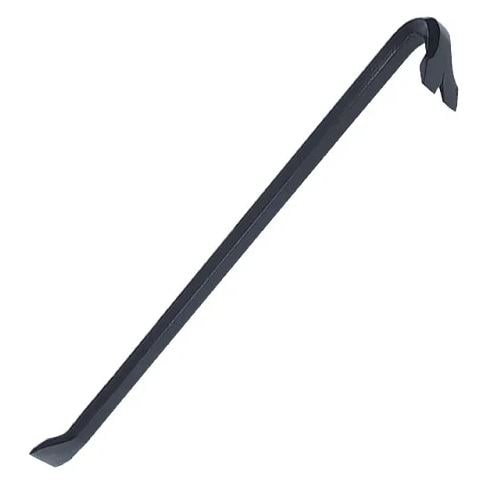
Metal crowbars are typically used to pry things open. It usually has a hook shape. In some cases, the bottom of the crowbar is slightly curved to improve leverage. To remove nails, some crowbars have a notched end. Carbon steel is a common material for crowbars.
It serves as a lever for removing nails or prying apart two objects. To open nailed wooden crates, crowbars are frequently used. Larger crowbars are often used for prying apart boards, removing nails, and general breaking.
You might like: Different Types of Springs and Their Applications [Explaind]
#11 Drill

A drill is a device used to create circular holes or drive fasteners. It has a bit attached, either a drill bit or a driver chuck. Cordless battery-powered types are becoming increasingly popular due to their increased efficiency and ease of use, as compared with hand-operated types.
Drills are frequently used in utility, construction, machine tool fabrication, woodworking, metalworking, and other projects. For miniature applications, specially crafted versions are produced.
#12 Drill Bit
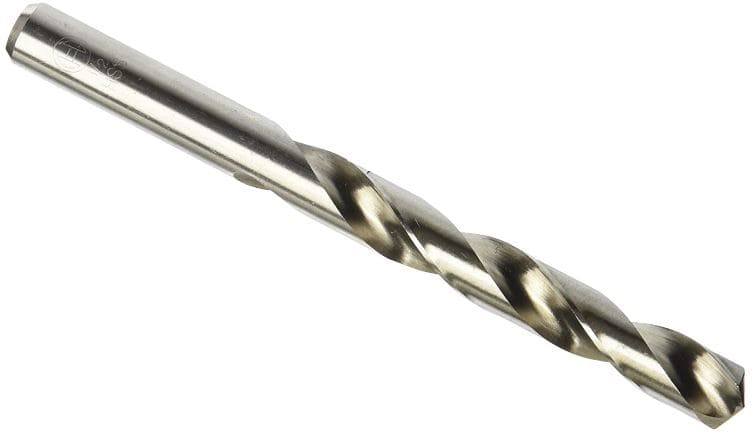
A drill bit is a cutting tool used to create holes in materials, usually with a circular cross-section. Drill bits can drill various holes in a wide range of materials and are available in a wide range of sizes and shapes.
Drill bits are typically attached to a drill to make holes, and the drill’s motor rotates the drill bits to cut through the workpiece. In the chuck, the drill grasps the shank of the bit. Drills have standard drill bit sizes.
#13 Ruler
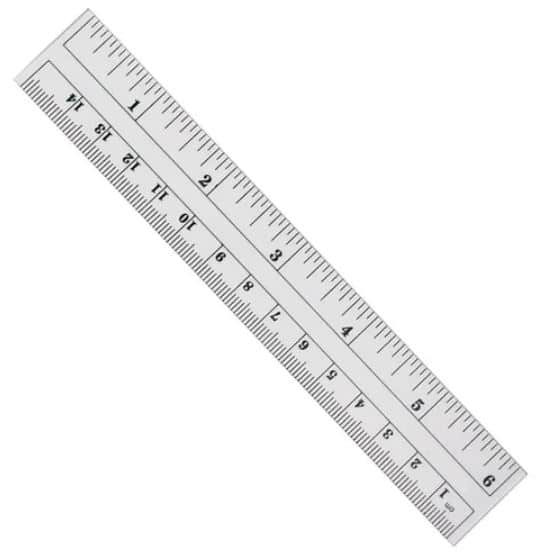
A ruler or scale is an instrument used to measure distance using markings called “rules” along an edge. Typically, the tool is rigid, and the edge is a straightedge (also known as a “ruled straightedge”), making it possible to draw straight lines.
Since ancient times, rulers have been in use. Rulers are commonly made of metal, wood, fabric, paper, and plastic. They play a critical role in building design and construction. They are crucial to the textile industry because they can quickly measure lengths.
#14 Clamp
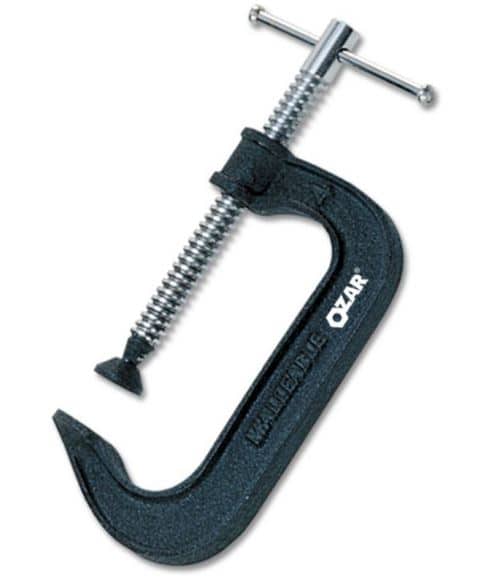
These workshop tools were used to apply internal pressure to hold or secure objects firmly together to prevent movement or separation. There are lots of forms of clamps available for a wide range of uses.
Sometimes, they are intended to serve a temporary purpose, such as positioning components while fixing them together. In others, they serve a permanent purpose. They are employed in various projects, such as metalworking, construction, welding, furniture making, carpentry, and woodworking.
#15 Anvil
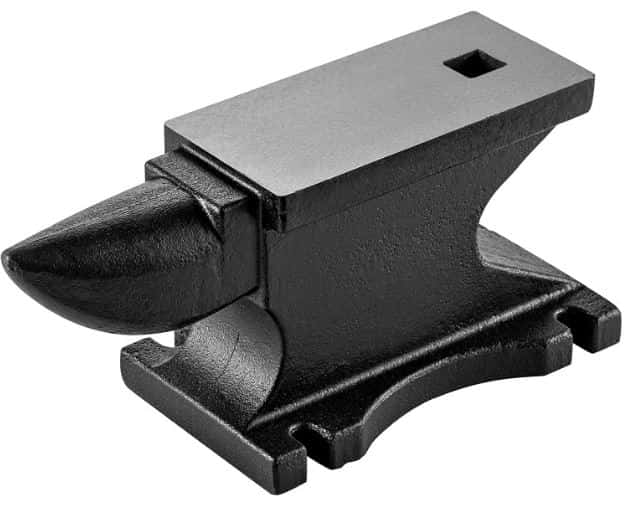
An anvil is an iron block used to shape metal, initially by hand using a hammer. It is a metalworking tool made of a sizable block of metal, typically made of forged or cast steel. It has a flattened top surface that is used to strike work.
The more inertia an anvil has, the better it is at transferring the energy of striking tools to the workpiece, so anvils are as heavy as is practical. The anvil is typically employed as a forging tool. It was the primary tool of metal workers earlier than the development of modern welding technology.
You might like: Different Types of Allen Wrench & Their Uses [Pictures & PDF]
#16 Shear
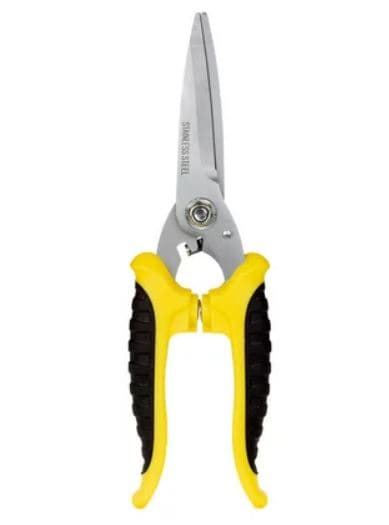
Shears or scissors are shearing tools that are operated by hand. With scissors, the sharpened edges slide against the handles (bows) opposite to the pivot as the handles are closed. These are employed to cut paper, cardboard, metal foil, cloth, rope, and wire, among other thin materials. For specialized purposes, a wide range of scissors and shears are available.
#17 Sandpaper
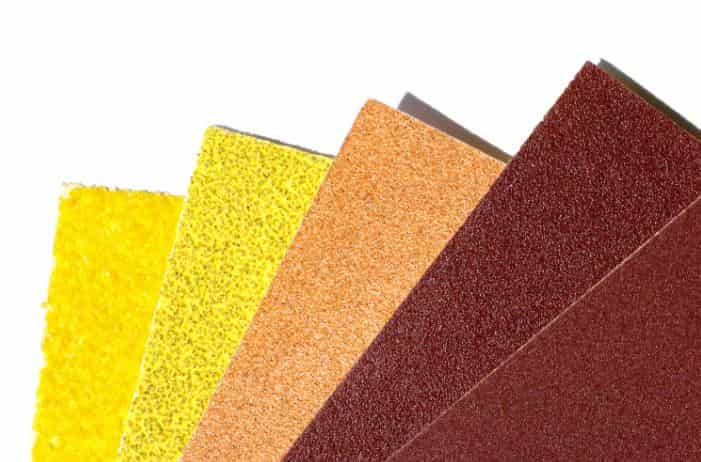
Paper or cloth sheets with an abrasive material glued to one side are called sandpaper. Sandpaper has many styles, with differences in the paper or backing, grit type, grit size, and bond.
Sand and glass have been replaced in producing these products by other abrasives, like silicon carbide or aluminum oxide. A variety of grit sizes of sandpaper are available and are used to remove material from surfaces, either to smooth them out, to remove a layer of material, or occasionally to make the surface rougher.
#18 Paint Brush
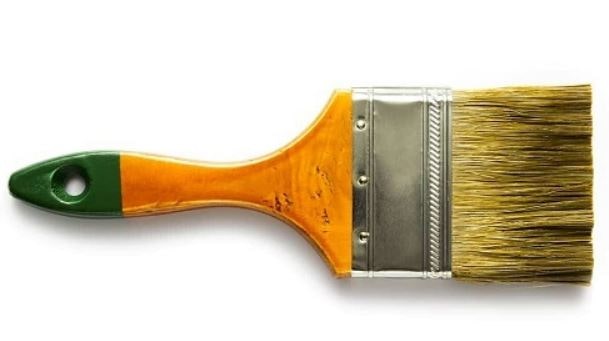
A paintbrush is a tool used for painting or inking. Typically, a paintbrush is formed by clamping bristles to a handle with a ferrule. Paint brushes are available in a range of materials, sizes, and shapes.
Thinner brushes are used for details, while thicker brushes are used for filling in. They can be divided into decorators’ brushes for painting and decorating and artists’ brushes for creating works of art.
#19 Nail
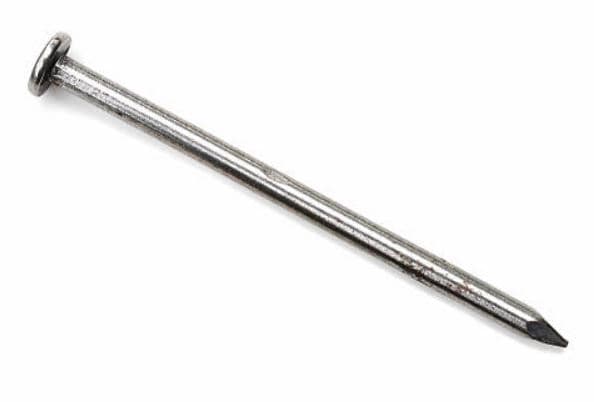
A nail is a tiny metal tool utilized in construction and woodworking that can be used as a fastener, a hanger, or even as decoration. Although most nails have a flattened head and a sharp point on one end, headless nails are also available.
For specialized uses, nails come in a wide range of shapes and sizes. A wire nail is the most typical. In addition to nails, there are pins, tacks, brads, spikes, and studs. A hammer or nail gun is typically used to drive nails into the workpiece.
#20 Awl
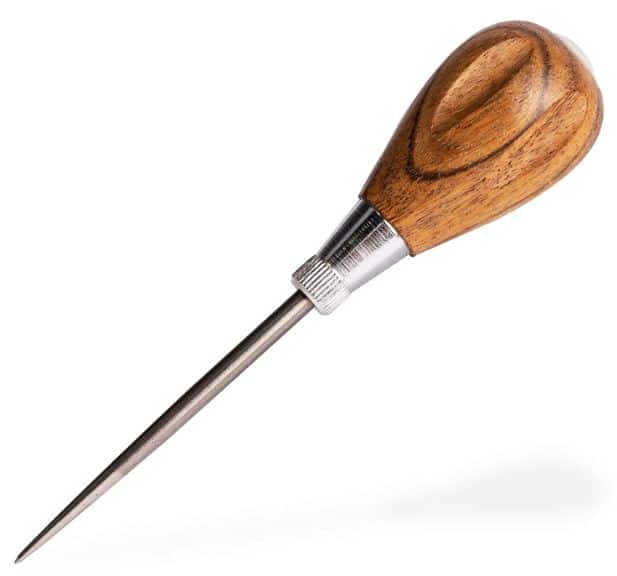
The most basic hole maker, similar to a needle, is an awl. It doesn’t actually remove the material; it just pushes it to one side. Additionally, it is used to sew thick materials like leather or canvas.
It consists of a short, thin metal shaft that tapers to a sharp point that is either straight or slightly bent. Sometimes these shafts take the shape of replaceable needles.
You might like: 26 Necessary Welding Tools & Equipments [How To Use Guide]
#21 Screw
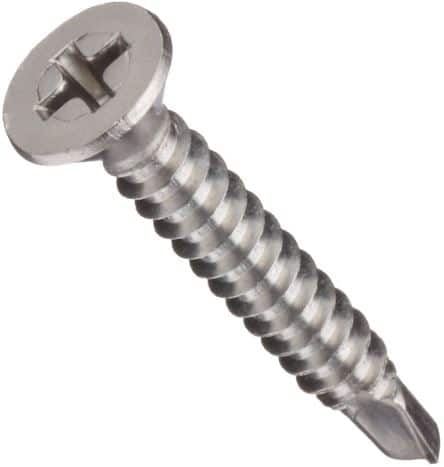
A screw and a bolt are types of fasteners that are typically made of metal and have a helical ridge known as a male thread (external thread). By engaging a screw thread with an identical female thread (internal thread) in a complementary part, bolts, and screws are used to fasten materials.
Screws often self-thread, meaning that the thread penetrates the material as the screw is turned. As a result, materials that are fastened together are pulled together, and pull-out is prevented. Screws can be used to fasten various materials, including plastic, sheet metal, and wood.
#22 Chainsaw
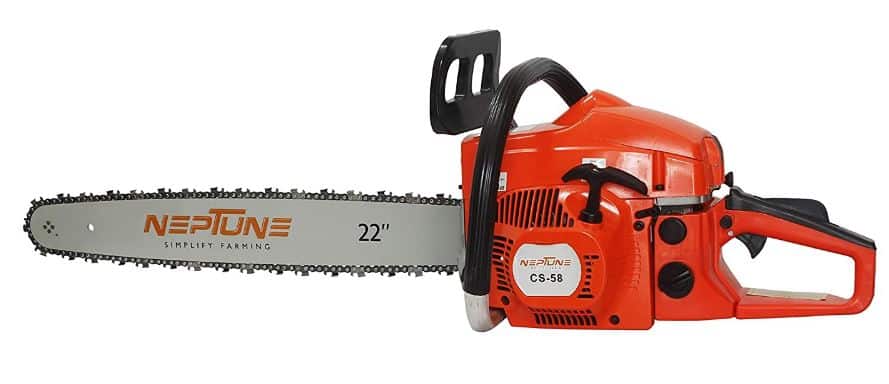
A chainsaw is a portable saw that runs on gasoline, electricity, or batteries. It uses a set of teeth attached to a rotating chain that is moved along a guide bar to make cuts.
It is used in tasks like tree felling, limbing, bucking, pruning, cutting firebreaks for putting out wildland fires, and gathering firewood. During construction, specialized chainsaws are used to cut concrete.
#23 Hacksaw
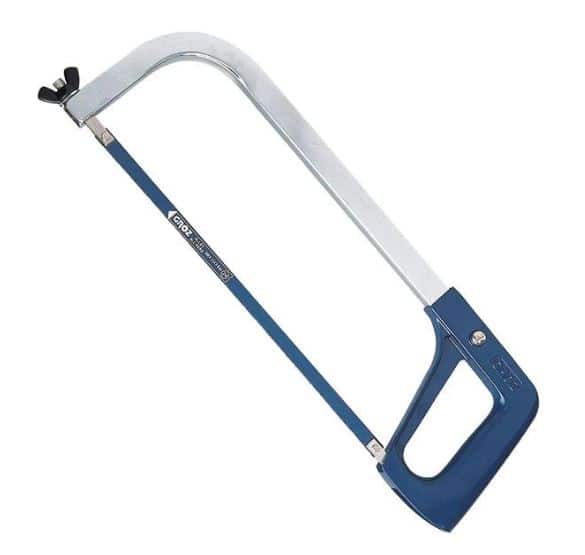
A hacksaw is a fine-toothed saw that was primarily designed for cutting metal. For cutting wood, a bow saw is a comparable tool. The majority of hacksaws are hand saws with a C-shaped frame that maintains tension on the blade.
These hacksaws have a handle, which is typically a pistol grip, and pins for fastening a thin disposable blade. For the purpose of supporting blades of various sizes, their frames can be adjusted. The thin blade is put under tension using a screw.
#24 Mallet
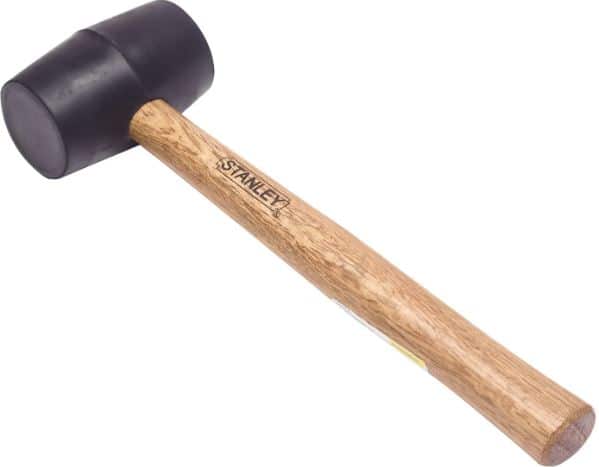
A mallet is frequently made of rubber, or occasionally wood is used to apply force to an object. It has a generally large head and is smaller than a maul or a beetle.
Mallets are used for various general purposes and in various industries, including textile work. Because they provide a softer strike with a positive drive, woodworkers prefer chisels with plastic, metal, or wood handles.
You might like: Different Types of Punches: How to Use? with Picture & PDF
#25 File

A file is used to remove small particles of material from a workpiece. It is typical in tasks related to the trades and hobbies of metalworking and woodworking. Most are hand tools made of case-hardened steel bars with sharp, generally parallel teeth on one or more surfaces. One end often has a narrow, pointed tang that can be fitted with a handle.
#26 Chisel
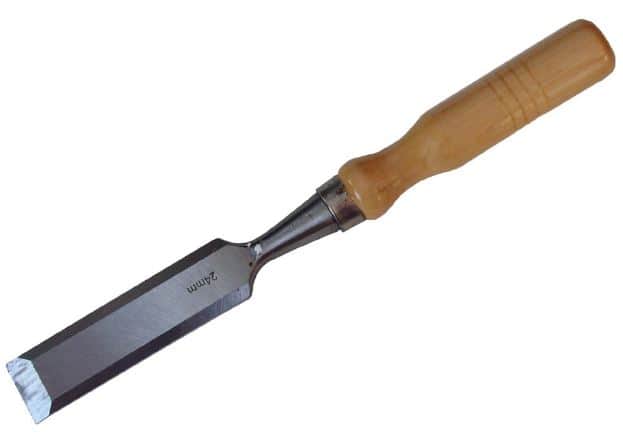
A chisel is a tool with a characteristically shaped cutting edge or blade used to cut and carve hard materials by hand, with mechanical power, or with a mallet. Some chisel types have handles and blades made of metal or wood with sharp edges.
Chiseling is the practice of guiding a blade into a material to cut it. The driving force can be applied manually, with a mallet, or with a hammer.
#27 Extension Cord
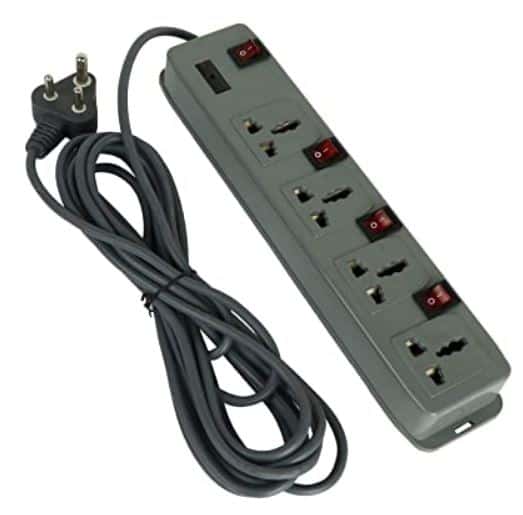
If the main cable is insufficient, an extension cord connects the electrical cord to the outlet. The length and form of outlet plug used in extension cords differ. These can be found in lengths between two and more than one hundred feet.
#28 Glue
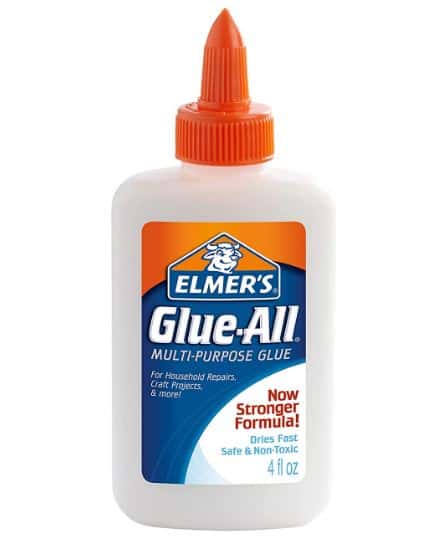
A glue is a non-metallic substance that binds two items together and resists their separation. Adhesives have some benefits over other binding methods like sewing, mechanical fastenings, or welding.
These include the capability of joining various materials, better stress distribution across a joint, the affordability of an easily automated process, and increased design flexibility. A disadvantage of adhesive use is that it is less stable at high temperatures, is less effective at bonding large objects, and can be more difficult to separate objects.
#29 Toolbox
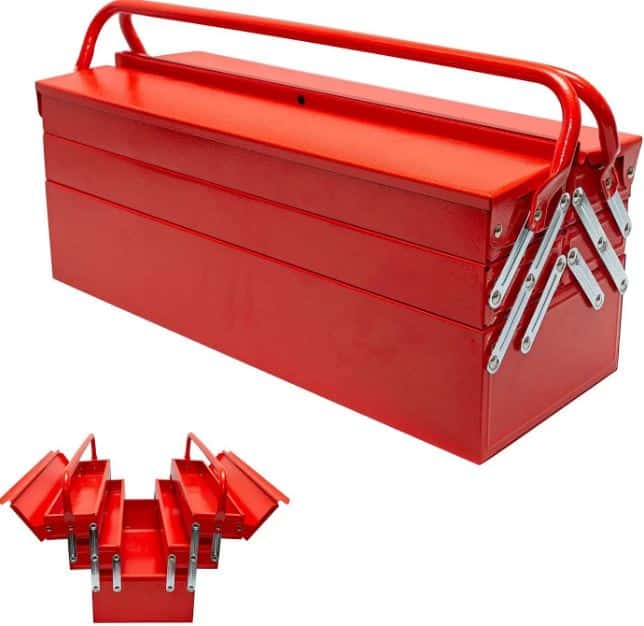
Also known as a toolkit, tool chest, or workbox, it is a container used to store, transport, and safeguard the owner’s tools. These are essential workshop tools. Their uses range from DIY to commerce, and their contents vary by craft.
#30 Brace
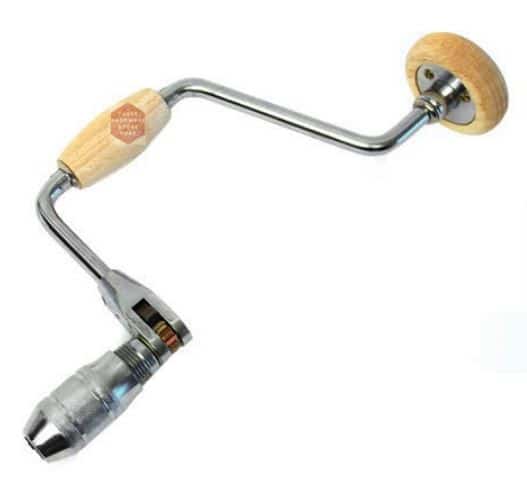
Typically, braces are used with drill bits or augers to drill holes in wood. While rotating the handle, pressure is applied to the top. Many types of bits are used, but Ridgeway- and Irwin-pattern bits also use a snail, which is a tapered threaded screw that pulls the bit forward.
Closing It Up
That’s it. Thanks for reading. I hope I have covered everything about the “Types of Workshop Tools.” It would be helpful if you could let me know if there was anything I missed or if you have any doubts about anything I wrote.
Please share this article with your friends if you find it interesting.
Want free PDFs direct to your inbox? Then subscribe to our newsletter.
Download PDF of this article:
Here are some articles you might like to read:
Beautifully explained!
Thank you.
having read your publications on a variety of engineering aspects. I would be grateful if I may have your publications on couplings and engineering materials.
We have already written on this topic. You can check it out on our website.